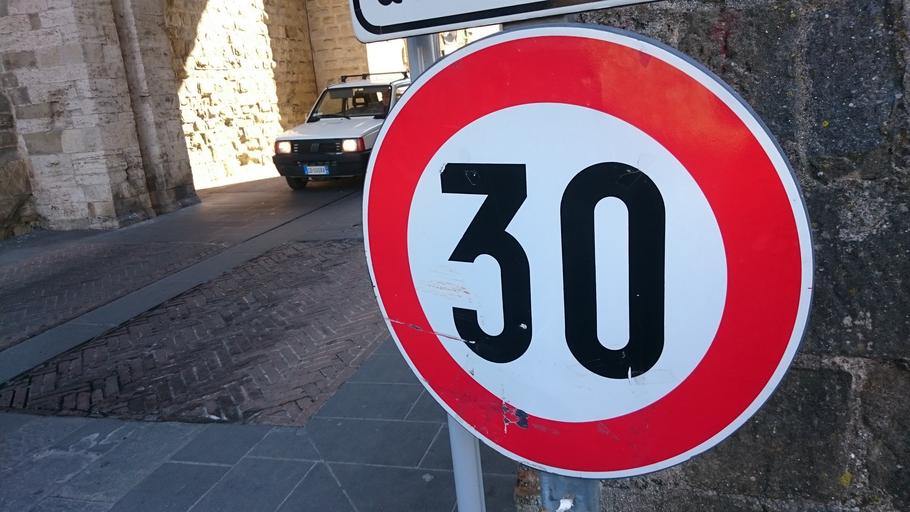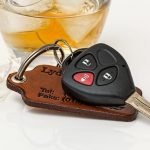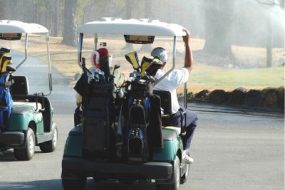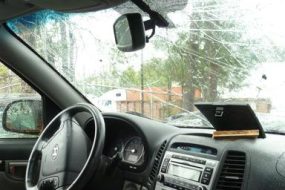
Urban districts are usually highly populated. There are more people owning and driving cars.
Some drivers may not bother about the speed at which they drive, if they drive at a higher speed, the driver and other road users may be at risk.
Hence, the need for a speed limit to be put in place. Now, the question is, what is the speed limit for passenger cars in urban districts?
The speed limit for passenger cars in urban districts is 30 miles per hour (mph). Going above 30 mph in an urban district is overspeeding and will get you ticketed by a law enforcement agency.
The Speed Limit for Passenger Cars in Urban Districts is?
Due to the daily rise in the number of residents in urban districts, there is a need to put motor drivers in check.
One way the government has done this is by imposing speed limits which can be seen on major highways and roads.
The speed limit for passenger cars in urban districts is 30 miles per hour (mph), however, it can range from 25mph – 35mph depending on the state.
However, it is important to note that, passenger cars are cars quite different from mopeds used for passenger transportation primarily.
Cars that can be classified as passenger cars are minivans, taxis, and cars that are hired for the purpose of carrying passengers. By design, passenger cars can seat a maximum of 10 people, driver inclusive.
However, it is important to know that what is classified as passenger cars vary from state to state and country. Therefore, the maximum number of passengers will also vary.
In urban districts, both pedestrians and cars have access to the road and because a lot can happen when people are out there, there is a need to prevent accidents and any eventualities from taking place.
Generally, the speed limit in an urban district is 30 miles per hour.
What Happens if You Overspeed in Urban Districts?
Before getting behind the wheel and ignoring the various speed limit signs, you should remember that these signs are put in place to protect both the driver and other road users.
Risk of Accident
When you Overspeed in an urban district, you are at risk of getting involved in an accident. Since you are not the only one using the road, there is a high tendency that your car to crash into another car or even pedestrians.
This can however be prevented if you are driving at a reasonable speed because you will be able to stop in time to avoid a crash.
You will be Penalized
Going above the imposed driving speed in some states is against the law and anyone caught doing so will be penalized and given a suitable punishment. You can be ticketed for overspeeding in an urban district.
Speed limits are legal and drivers are therefore expected to follow them, anything contrary to that will attract the right punishment.
Possibility of Losing Control
There is also a high possibility that you lose control of the car when you Overspeed. This may seem like an unlikely thing to happen but the possibility cannot and shouldn’t be ruled out.
Increased Fuel Usage
Maybe you didn’t see this coming but you should know that when a car is going at a high speed more fuel is being consumed. Extra force is being exerted in the engine therefore more fuel will be needed for the engine to catch up.
Increased Chances of Harm Coming to the Passengers
In the case where a passenger car is going at high speed, not only are the other road user at risk but the passengers in the car are also put at risk. Risk of having serious injuries.
Noises from the Engine will be Amplified
If you are using an older car, the engine is most likely noisy. Now, driving at a high speed with such will only make the engine noise louder and cause noise pollution.
Car Parts get Worn Out
The feeling of driving at high speed is temporary compared to the damage that will be done to some parts of the car over time.
Constantly driving at high speed will do nothing than cause parts of the car to wear out quickly. Damaged car parts equal more money to be spent on repairs and replacement.
What is the Maximum Daytime Speed Limit?
The maximum daytime speed limits vary by state and whether it is an urban or rural area. It also varies according to the kind of vehicle being driven.
On a numbered highway, the maximum daytime speed limit is 70mph, however, it can be lesser or more than this in some states.
What is a Speed Limit?
Speed limit also called ‘Permitted Speed’ or ‘Speed Restriction’ depending on your state is the legal minimum or maximum speed drivers can travel on a given road.
It can also be said to be the pace at which vehicles are supposed to move according to laid down traffic laws in a state.
To ensure compliance and a sort of reminder to drivers, speed limits are used as traffic/navigational signs on major roads.
These signs can indicate only the maximum speed or both the maximum and minimum speed. They are usually expressed as ‘miles per hour (mph)’ or ‘kilometers per hour (km/h)’.
Speed limits are legally binding because they are put in place by a legislative body of either provincial or national government. Therefore, anyone that is found going over the speed limit may be penalized.
It is worth noting that speed limits are non-existent in some countries and states. In such states, drivers are expected to use their discretion when driving.
What is an Urban District?
An urban district is a section of an urban area that has modern structures, highways, and streets with its residence given to businesses and corporate works.
Houses/buildings in an urban district are usually situated at intervals less than 100 feet i.e. the houses built are less than 100 feet from one another.
Unlike rural areas, residents of urban districts are not given to agriculture. Prominent in urban districts are commercial businesses with urban services including but not limited to centralized sewer treatment.
Among the structures in an urban district, we have theatres, school, and many other establishments that stands as a center of attraction.
It is common for urban districts to be overpopulated because people are constantly moving as a result of the many opportunities present there.
Conclusion
If you are not sure what the law says about speed limits in your state of residence, be on the lookout for them on the sides of the highway, you will most likely see them there.









